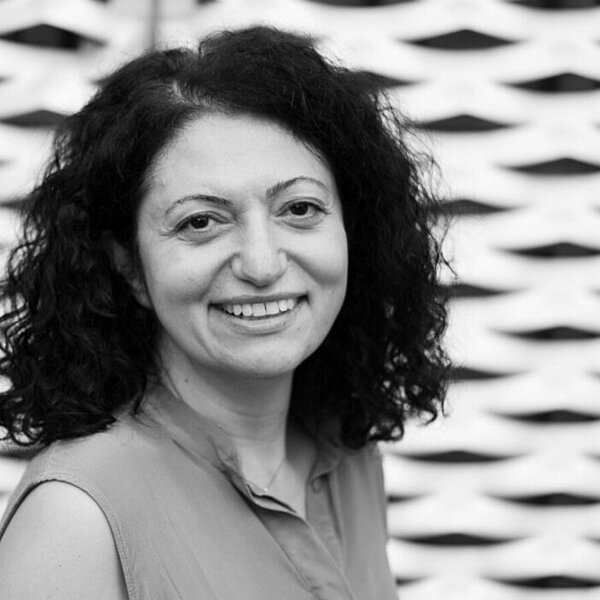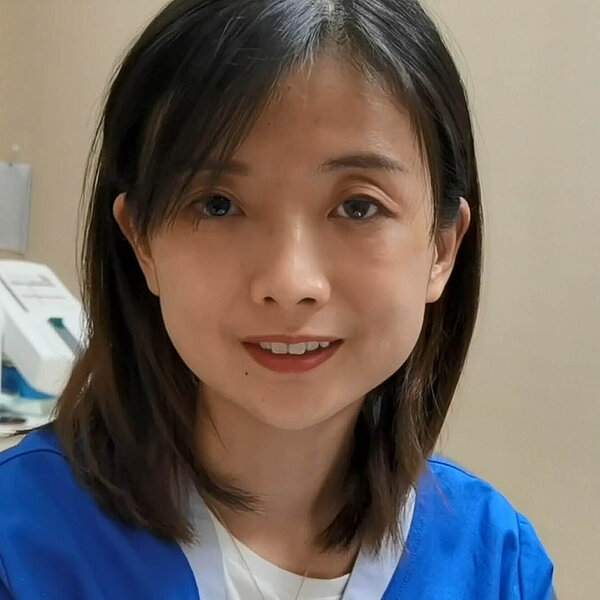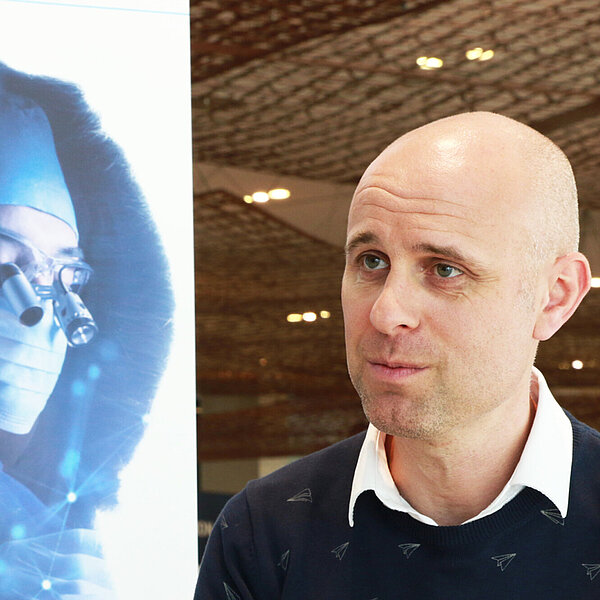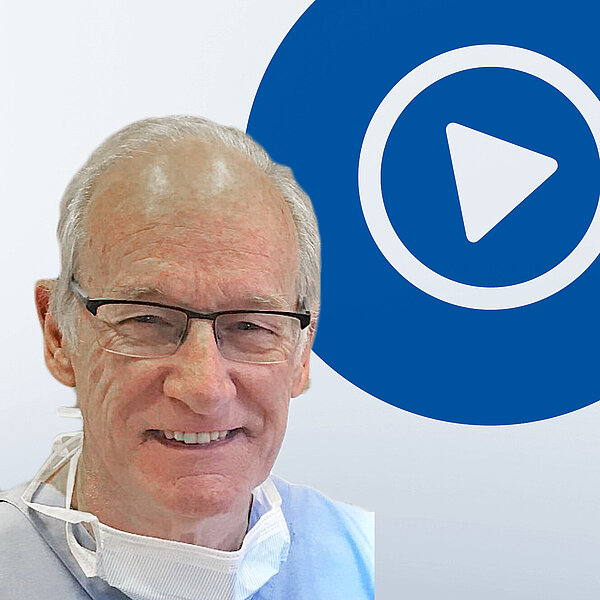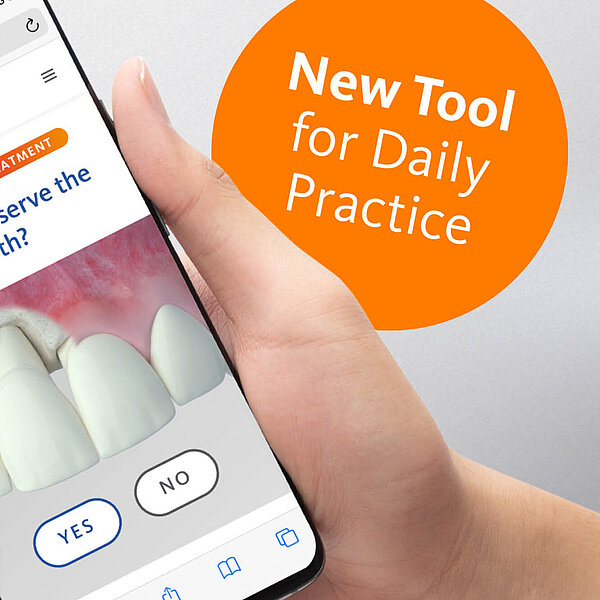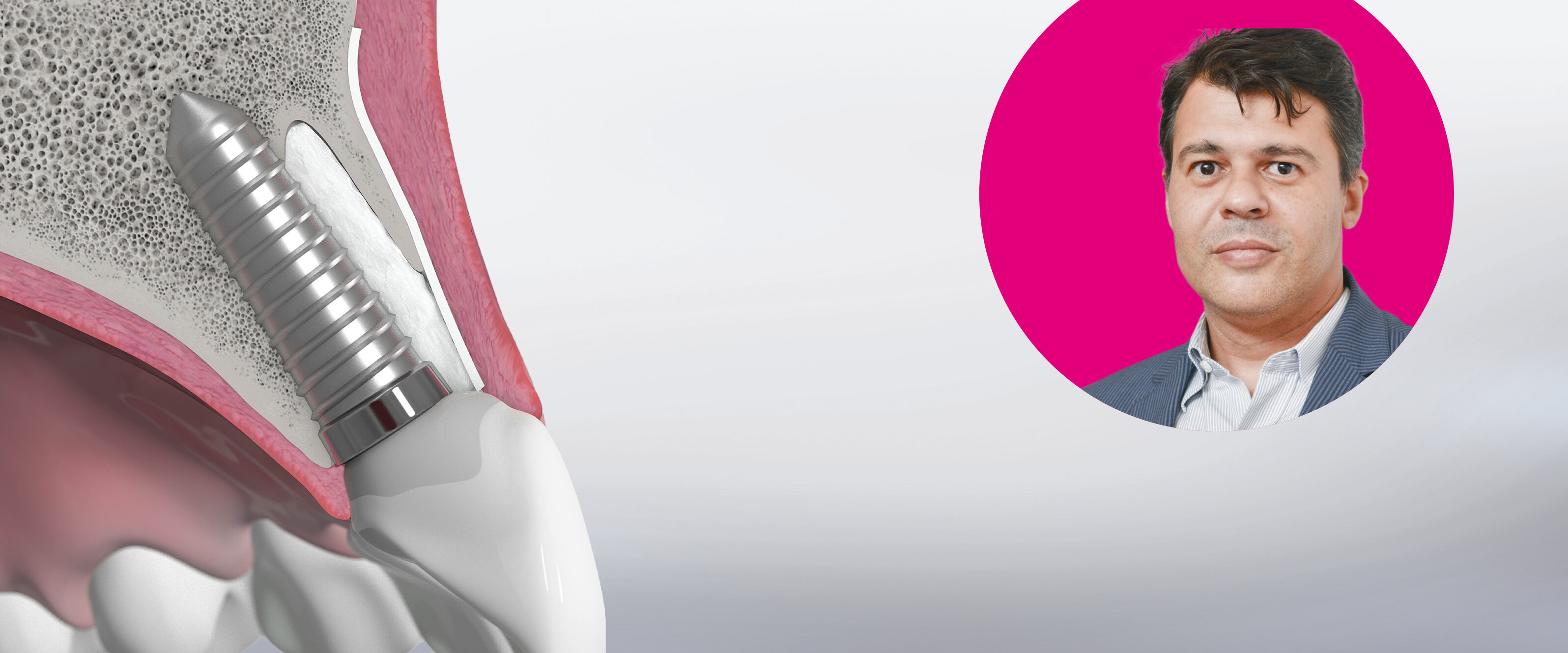
Clinical benefits of filling the gap at immediate implant sites
In his lecture at the Geistlich + YOU online congress, Dr. Robert Carvalho Da Silva from Brazil shared his insights on the clinical impact of filling the gap when implants are placed immediately after tooth extraction. We discussed some questions.
Dr. Carvalho, what happens if the implant is inserted immediately after tooth extraction, without managing the soft and hard tissue?
Dr. Carvalho: Without managing the soft and hard tissue, the implant site loses volume after implant insertion. This generates esthetic problems such as soft tissue recession or thinning of the soft tissue, or results in biological complications related to difficulties with plaque control. Eventually, this may predispose the site to mucositis and peri-implantitis.
Do you insert immediate implants in a defect socket?
Dr. Carvalho: Yes. We may adapt the regeneration protocol because of the lack of the buccal bone plate, but this does not interfere with the main treatment path for immediate implant placement and socket regeneration. When we have a deep and wide bone dehiscence defect, a collagen membrane (Geistlich Bio-Gide® Shape) is positioned between the soft tissue and the boundaries of the bone deficiency. This protects the bone substitute (Geistlich Bio-Oss® Collagen) positioned inside the socket.
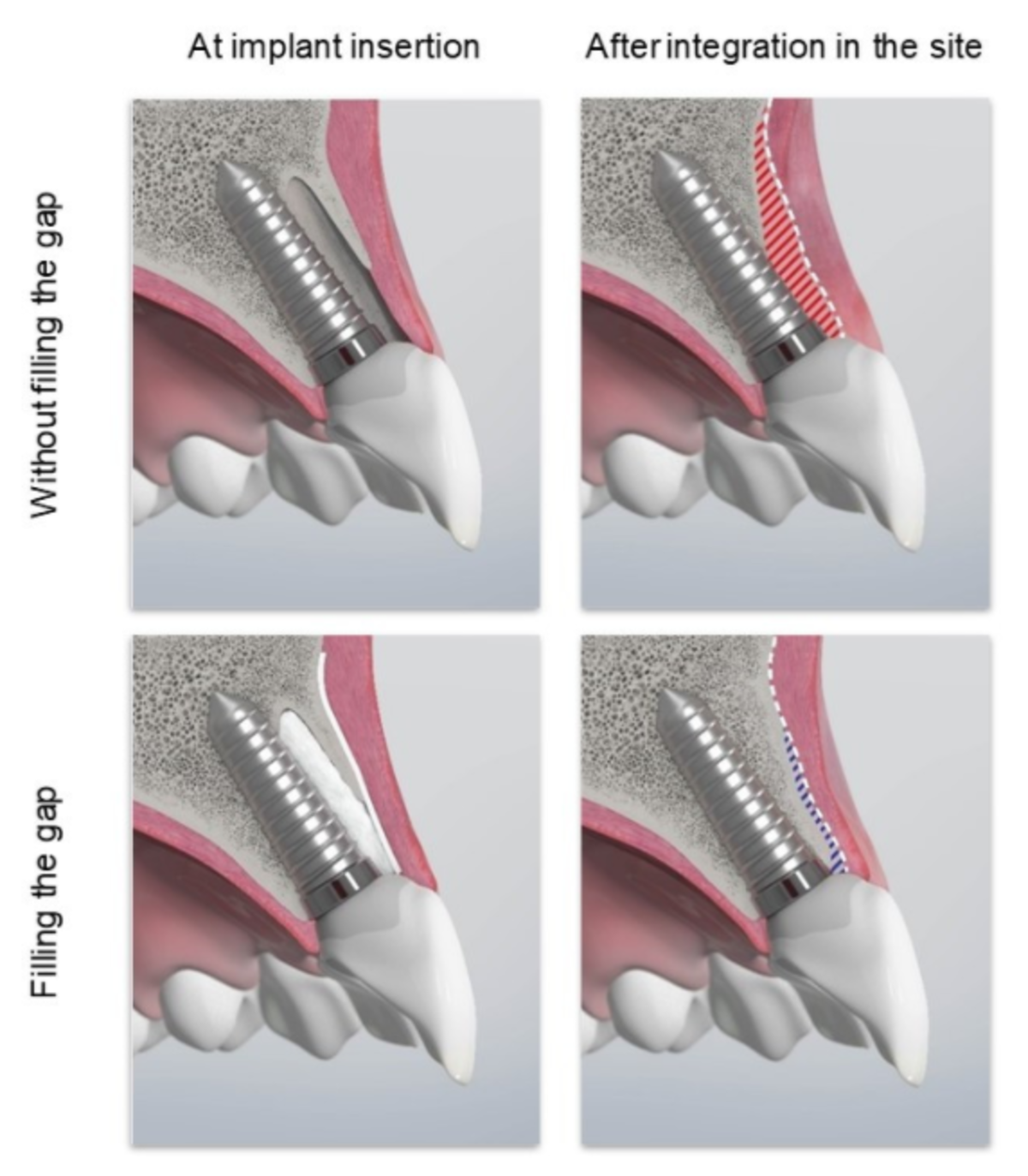
There is an ongoing debate about immediate implant placement especially in the esthetic zone and in the case of buccal bone deficiencies. Does the literature support your concept?
Dr. Carvalho: Yes. A growing body of evidence, gathered by different groups, shows that the absence of the buccal plate doesn’t mean not having stable and esthetic outcomes at immediate implant sites as long as palatal/apical bone is available and the gingival margin is well positioned at the time of extraction.1-3
In the case of buccal bone defects, how do you ensure long-term success?
Dr. Carvalho: We use the bone substitute (Geistlich Bio-Oss® Collagen) to fill the residual space buccal to the implant in all cases. In the case of a deep and wide dehiscence (7 mm depth and over 2-3 mm of the mesio-distal socket dimension), we use a collagen membrane (Geistlich Bio-Gide® Shape) to protect the bone substitute from contact with the inner part of the buccal soft tissue. In intact sockets or defects that are not wide and deep, placement of the membrane is not necessary in our protocol.
When do you use Geistlich Bio-Oss® Collagen, when Geistlich Bio-Oss®, and when mix with autologous bone? Does it change the outcome?
Dr. Carvalho: The literature shows that Geistlich Bio-Oss® granules or Geistlich Bio-Oss® Collagen are equally effective in promoting bone regeneration in the gap.4 However, Geistlich Bio-Oss® Collagen is easier to use in clinical practice, and that is why we prefer it. As for the autograft, it’s always welcome to bring cells and growth factors, but it seems that it’s not necessary when treating the inner part of the socket.
How do you ensure blood supply for Geistlich Bio-Oss® Collagen with an implant in the lingual/palatial and a membrane or soft tissue graft in the buccal area?
Dr. Carvalho: Vascularization comes from the medullary spaces adjacent to the implant bed. We have seen that the procedure is extremely effective, and several histologic publications support that.
How is the volume stability after this approach in the long run?
Dr. Carvalho: Some degree of volume loss is expected during the early stages of healing. However, we have observed that when this stage is over, the residual bone volume buccal to the implant is stable over time.
There are some cases with bone loss which causes a loss of soft tissue volume as a consequence in the long run. But in our own experience and statistics, such cases are rare.
Would you consider using Geistlich Fibro-Gide® instead of connective tissue grafts?
Dr. Carvalho: For immediate implants using a flapless approach, the autogenous connective tissue graft is still the gold standard. However, in the clinical scenarios where the flap is elevated, Geistlich Fibro-Gide® seems to be very effective in increasing the volume of soft tissue.
Do you agree that healthy soft tissue backs the success of implant therapy, e.g. implant survival rate in the long-term?
Dr. Carvalho: For sure… there is a positive relationship between the stability of the marginal bone and the thickness and quality of the soft tissue. We should pay attention to both hard and soft tissue if we want to treat patients successfully!
References
- de Molon RS, et al.J Esthet Restor Dent. 2015;27(3):122-135.(clinical study)
- Sarnachiaro GO, et al. Clin Implant Dent Relat Res. 2016;18(4):821-829. (clinical study)
- Carvalho da Silva R, et al. Journal of Cosmetic Dentistry. 2015; 31(2): 96-107.
- Llanos AH, et al. J Clin Periodontol. 2019;46(3):373-381.(clinical study)


